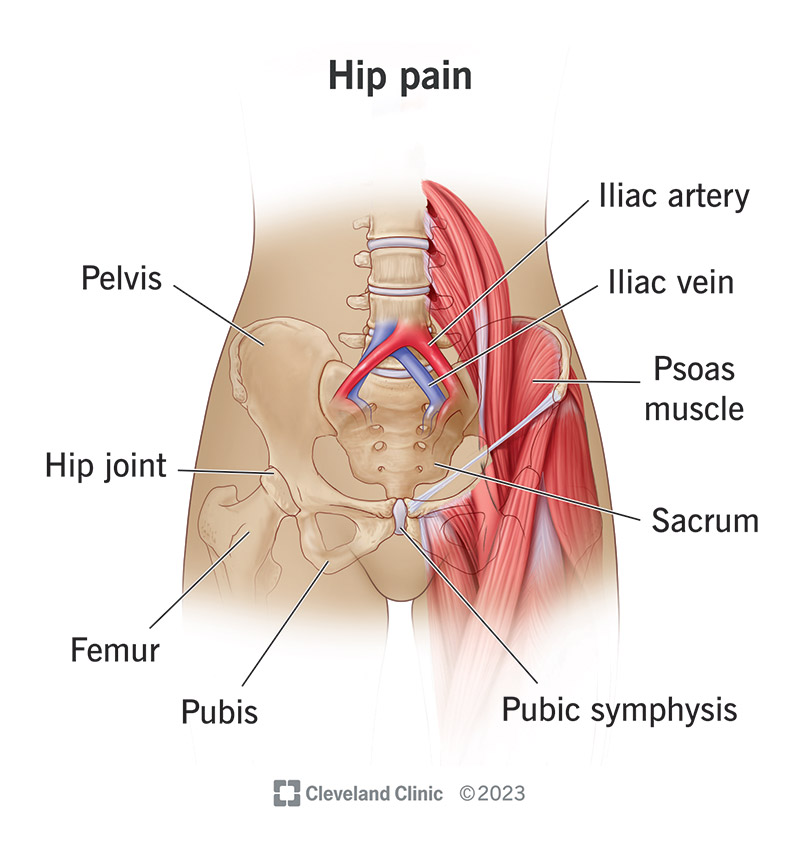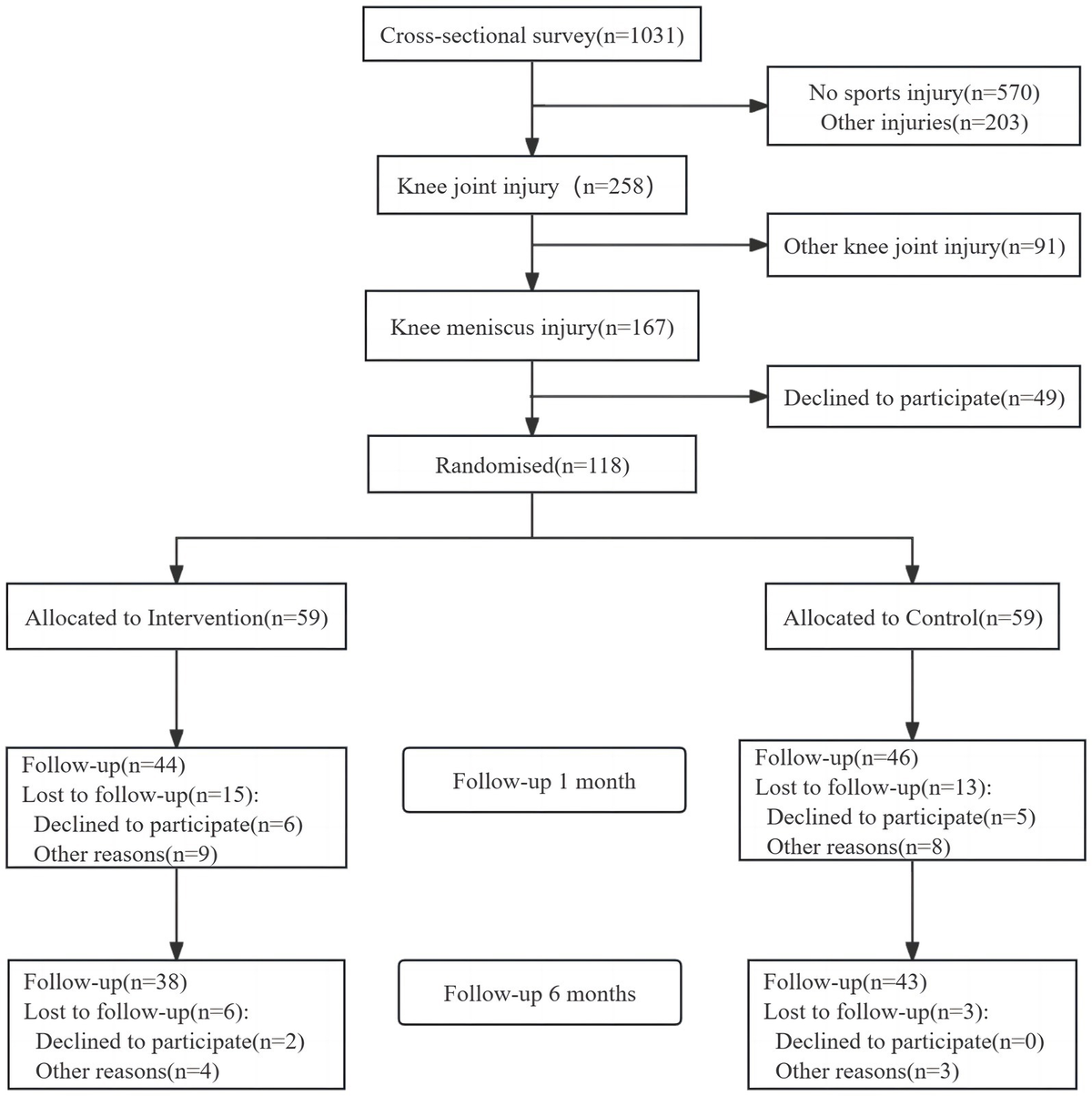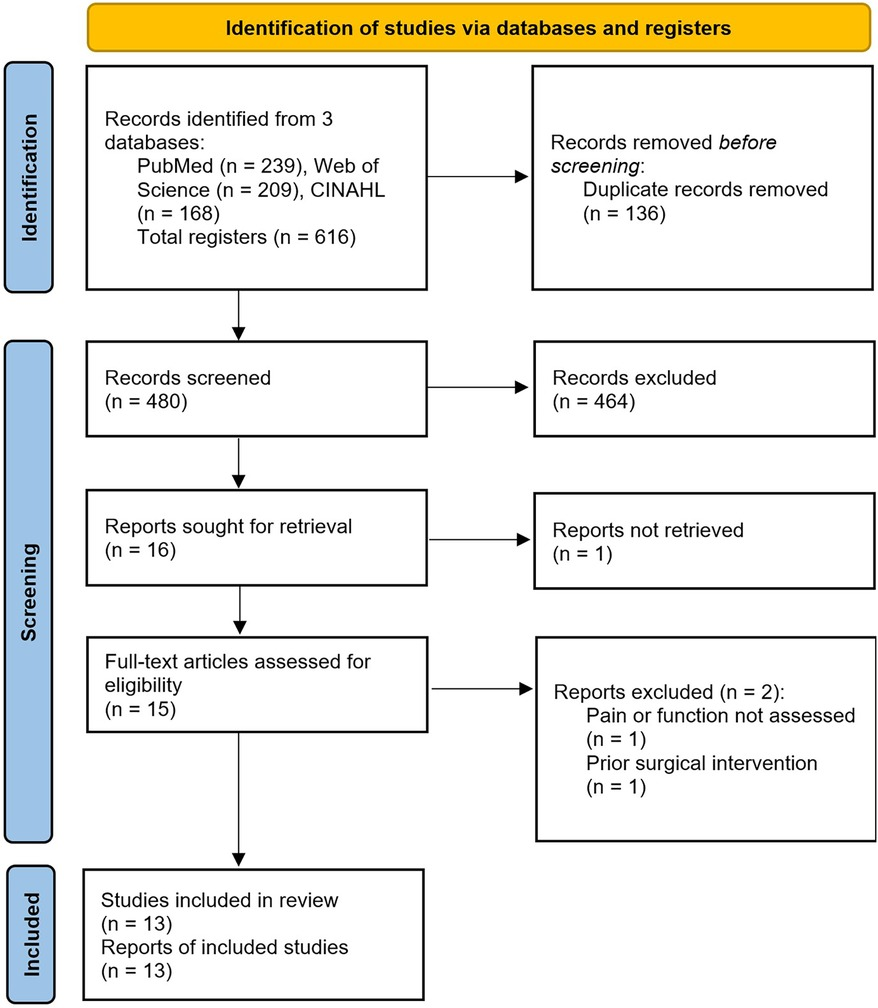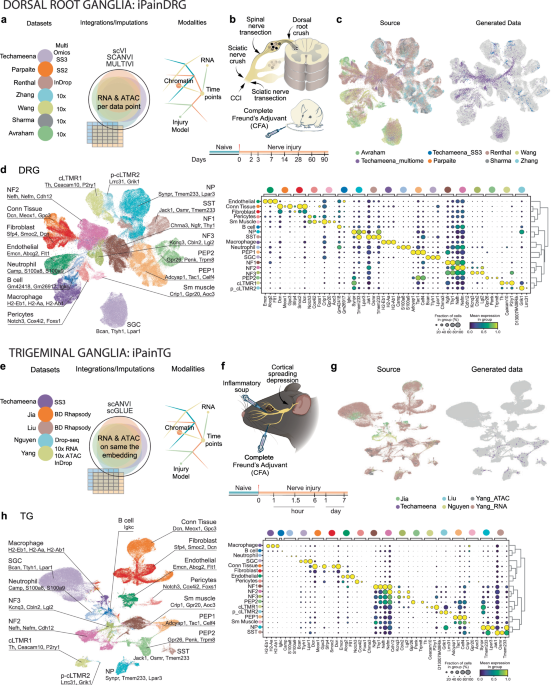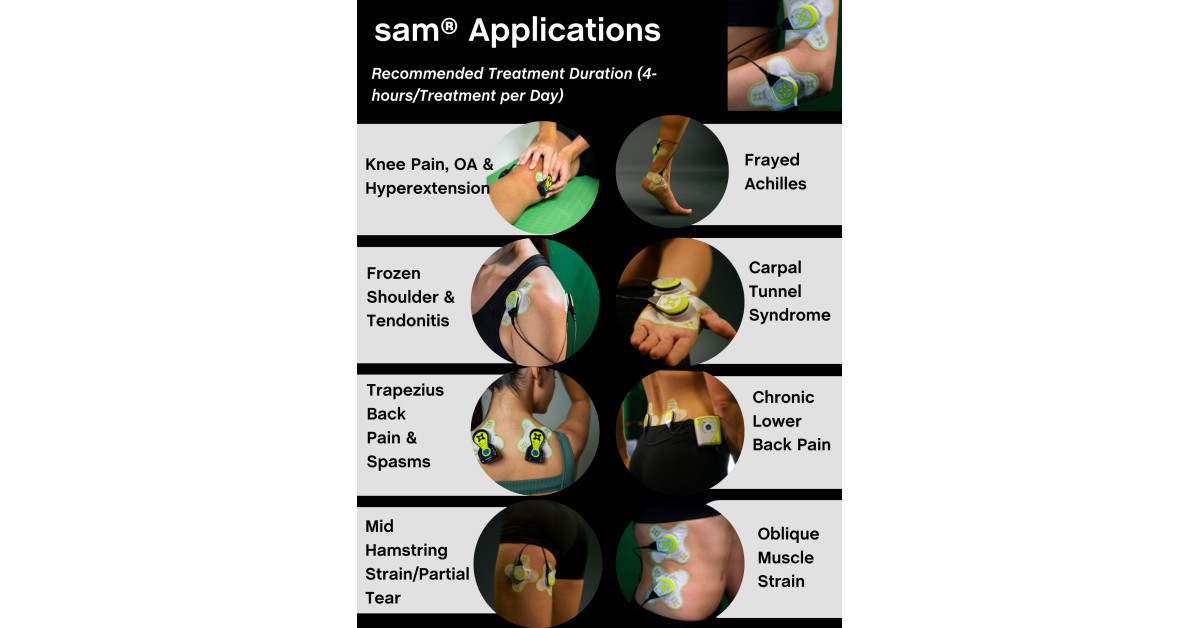A blood and bone marrow transplant is a potential curative therapy for some people with sickle cell disease. To be successful, transplants require a well-matched donor, usually a close blood relative.
Another name for a blood and bone marrow transplant is a hematopoietic stem cell transplant. People who get a transplant are often called “recipients.” People who provide the cells for the transplant are “donors.”
Human leukocyte antigen (HLA) testing helps assess the match between donor and recipient. HLAs play an important part in the body’s immune response to foreign substances. They make up a person’s tissue type, which varies from person to person.
Currently, most blood and bone marrow transplants are done in children who have had complications, such as strokes, acute chest crises, and repeated pain crises. Transplants are riskier in adults. Some people may have a transplant if medicines are not working well to prevent serious pain episodes.
Scientists are studying new ways to help more people who have sickle cell disease get a transplant. These ways include blood and bone marrow transplant techniques in children and adults who do not have a matched donor in the family or who are older than most recipients.
Blood and bone marrow transplants are successful in about 90% of children when the donor is a blood relative and an HLA match. Even with this high success rate, receiving a transplant still has risks. Healthcare providers take many steps to prevent transplant complications, but they can still happen.
Possible complications include the following:
- Graft-versus-host disease, which is caused by transplanted cells attacking the recipient’s organs
- Higher risk of some cancers later in life
- Infertility
- Seizures
- Serious infections
- Transplant failure, which causes sickle cell disease to return
About 5% of recipients under 16 years old have died from transplant procedures. About 9% of recipients 16 years or older have died after receiving a transplant. For some recipients, a transplant does not cure long-term pain linked with sickle cell disease. A transplant cannot always correct all the damage that sickle cell disease has caused.
To prepare the donor for a blood and bone marrow transplant, their provider gives them a “mobilizing” medicine to raise the number of
stem cells
in their bloodstream. The provider then collects the stem cells from the donor’s blood.
To make space in the recipient’s bone marrow for the donor’s cells, the health provider will give them “conditioning” chemotherapy medicines or use radiation treatments. The provider will then infuse the donor’s cells into the recipient’s blood. The cells travel in the bloodstream to the marrow spaces inside the bones. Once inside the bone marrow, the cells can produce healthy red blood cells that have normal hemoglobin that doesn’t sickle.
Because transplantation can affect future fertility, a prospective recipient should talk with their healthcare provider about fertility preservation options before the transplant.


